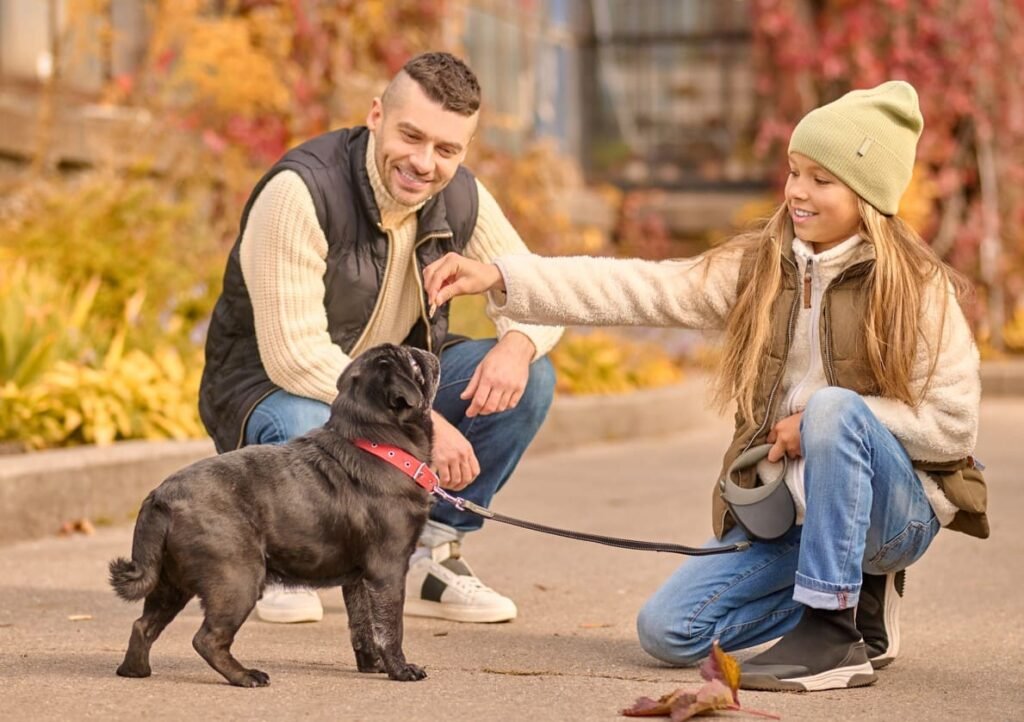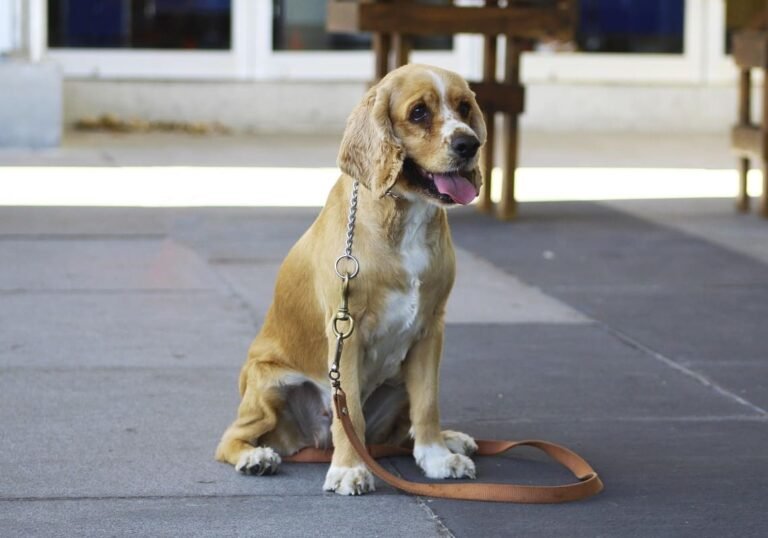How to Train a Puppy at Home: Effective Tips for Success
Bringing a puppy into your home is a joyous and heartwarming experience. With wagging tails, playful energy, and a constant desire for companionship, puppies quickly become cherished members of the family. However, without proper puppy training, that adorable bundle of fur can also become a source of stress and mischief. The good news? Training a puppy at home is entirely possible—and often more effective—when you have the right approach. In this guide, we’ll explore puppy care tips and training methods to turn your new puppy into a well-mannered, obedient companion.
1. Start With the Basics of Puppy Training
Training a puppy starts with the understanding that your dog is learning constantly from day one. Whether you intend to teach them or not, they are always observing and absorbing their environment. Consistency and structure are crucial in puppy training.
Basic commands like “Sit,” “Stay,” “Come,” “Down,” and “Leave it” form the foundation for more advanced training. Use a firm but gentle voice, and reward success immediately.
Tip: Keep training sessions short—5 to 10 minutes is ideal for young puppies with short attention spans.
___________________________________________________________________________
2. Positive Reinforcement: The Key to Success
Positive reinforcement is a fundamental aspect of successful puppy training. Just like humans, dogs respond better to praise and rewards than to punishment. This means giving your puppy a treat, praise, or affection when they do something right. Positive reinforcement builds trust and encourages repeat behavior.
Examples of Reinforcement:
-
Treats
-
Verbal praise like “Good boy!”
-
A favorite toy
-
A quick game of tug or fetch
Avoid harsh discipline. Punishing a puppy, especially with physical corrections, can lead to fear and anxiety, which will damage your relationship with your dog.
3. Potty Training: A Crucial Step for New Puppy Owners
One of the first and most crucial puppy training steps you’ll want to tackle is potty training. Nobody likes cleaning up messes around the house!
Steps to Potty Train Your Puppy:
-
Create a Routine: Take your puppy outside frequently—first thing in the morning, after meals, after naps, and before bed.
-
Designate a Spot: Always take your puppy to the same area to do their business.
-
Praise Immediately: As soon as they finish, give a treat and lots of praise.
-
Supervise Indoors: Consider crate training or using playpens to limit accidents.
Tip: Accidents will happen. If you catch your puppy in the act, interrupt gently (say “Uh-oh!” or clap), and guide them outside. Never punish after the fact—they won’t understand why.
4. Crate Training: Your Secret Weapon for a Well-Behaved Puppy
Crates are not cruel. When used properly, a crate becomes a haven for your puppy. It also helps immensely with house training, preventing destructive behavior, and giving them a place to rest peacefully.
Crate Training Tips:
-
Make the crate cozy with a soft bed or blanket.
-
Start with short crate sessions while you’re home.
-
Never use the crate as punishment.
-
Reward your puppy for going into the crate.
The crate should be just big enough for them to stand, turn around, and lie down comfortably—not too large, or they may use one end as a bathroom.
5. Socialization: A Critical Part of Puppy Development
Socialization is a crucial part of training, especially in the first few months of a puppy’s life. Early exposure builds confidence and reduces the likelihood of fear-based behaviors later in life.
How to Socialize Your Puppy:
-
Puppy classes
-
Walks in the neighborhood
-
Visits to pet-friendly parks or stores
-
Playdates with other vaccinated dogs
Gradually introduce your puppy to new experiences, and make sure socialization is positive.

6. Consistency: The Secret to Successful Puppy Training
Whatever methods you choose, consistency is everything in puppy training. Everyone in your household must follow the same rules and use the same commands. If one person allows jumping on the couch while another scolds, your puppy will become confused.
Set Household Rules Like:
-
Where the puppy sleeps
-
If they’re allowed on furniture
-
Feeding times
-
Who walks or feeds the puppy
Consistency in tone, body language, and rewards ensures faster learning and fewer behavioral issues.
7. Addressing Problem Behaviors in Puppies
Even the best-behaved puppies test boundaries. Here’s how to manage common puppy behavior challenges:
-
Chewing: Redirect to chew toys. Puppies explore the world with their mouths.
-
Barking: Identify the cause—boredom, excitement, fear—and address it.
-
Jumping Up: Teach “off” or turn your back until all four paws are on the ground.
-
Nipping: Say “Ouch!” and stop play immediately. Resume once they’re calm.
Patience is essential. Behavior changes don’t happen overnight.
___________________________________________________________________________
8. Use Hand Signals Along With Verbal Commands
Dogs often respond better to visual cues than words. Pairing hand signals with verbal commands can improve obedience and communication.
Examples of Hand Signals:
-
Open palm facing up = Sit
-
Finger pointing down = Lie down
-
Arm stretched forward = Stay
Your dog may eventually obey commands with just a gesture, which is especially helpful in noisy environments.
___________________________________________________________________________
9. Training Tools to Help You Succeed
While you don’t need fancy equipment, a few tools can make training easier:
-
Clickers: For clicker training (marking good behavior)
-
Treat pouches: Keep rewards handy
-
Leash and harness: For control during walks and training
-
Interactive toys: Prevent boredom and encourage problem-solving
Always supervise the use of new tools to ensure they’re safe and appropriate for your puppy.
10. Know When to Get Professional Help
If you’re struggling with training, there’s no shame in reaching out to a professional trainer. Whether it’s basic obedience or behavior issues, a certified trainer can offer personalized guidance and prevent problems from escalating.
Look for trainers who use positive reinforcement methods and have good reviews or references.
Final Thoughts on Training Your Puppy at Home
Training a puppy at home doesn’t have to be overwhelming. With patience, consistency, and the right approach, your puppy can grow into a happy, well-behaved adult dog. Whether you’re reinforcing good behavior, addressing challenges, or simply bonding over new commands, every moment is a learning opportunity—for both of you.


